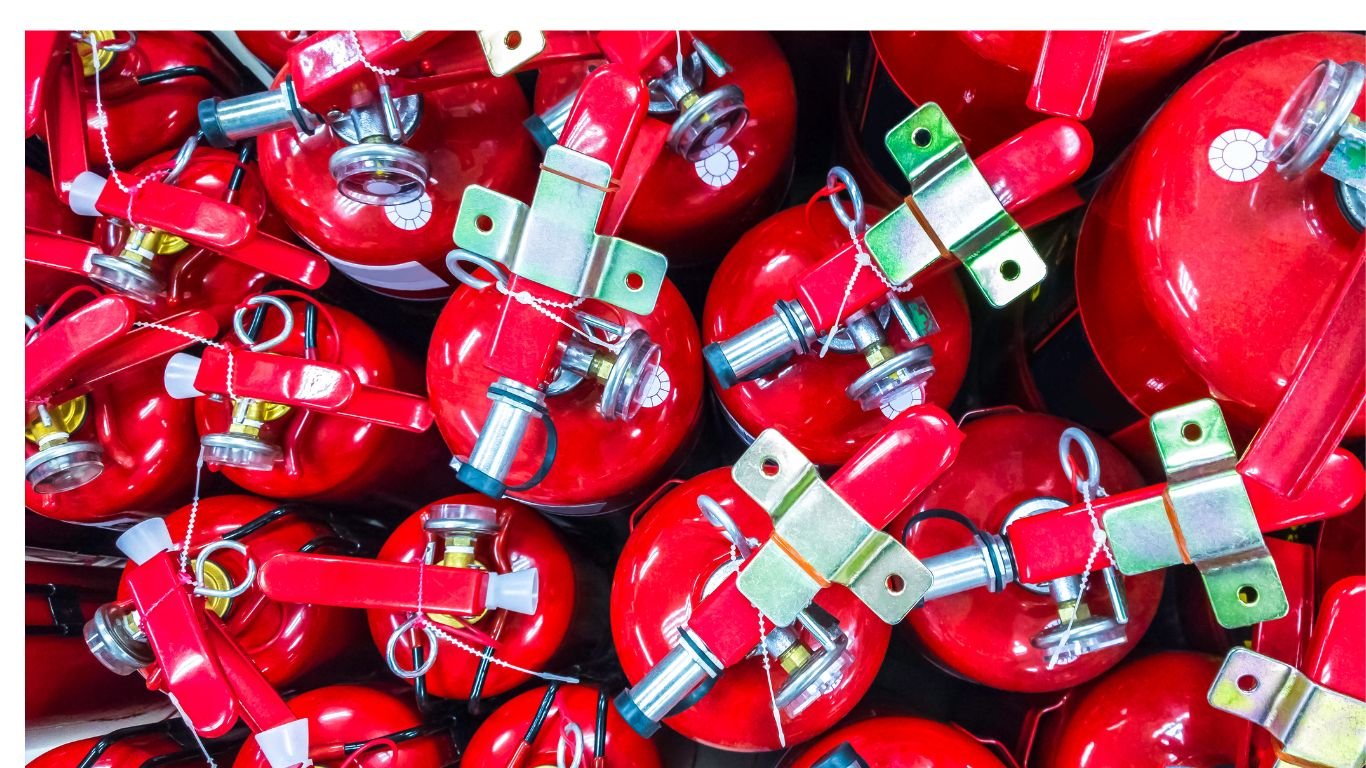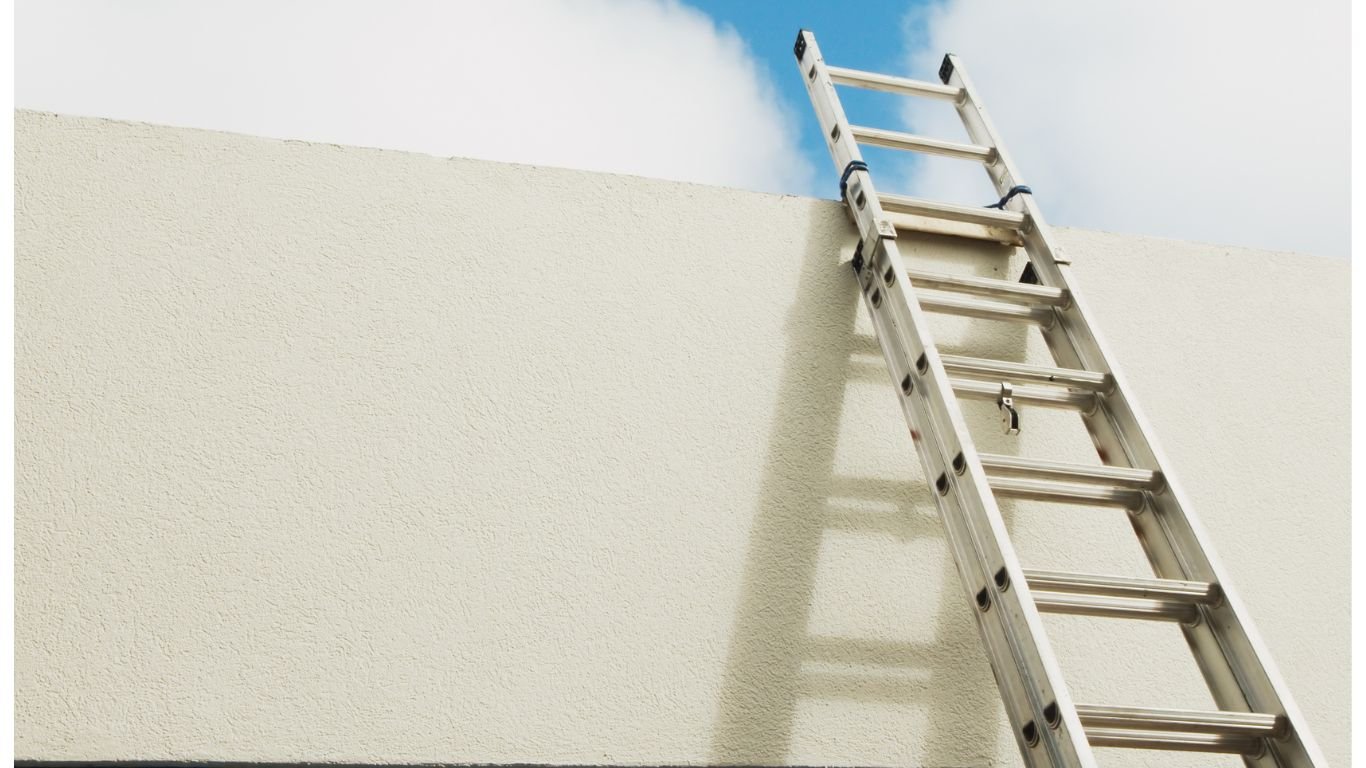Introduction
You may not think about it every day, but the water you use comes from a complex network of pipes, tanks, and hydrants. In this article, we’ll take a closer look at how your city’s water supply works.
Due to its universal abundance and capacity to absorb heat, water continues to be the most effective extinguisher for fires despite the advancement of new techniques and materials.
It may be stored or transported over long distances using pumps that can increase pressure while adapting for autonomous control. A firefighter should therefore be knowledgeable about the water supply. The means of supplying water to densely populated areas are provided by public and/or private water systems.
Rural towns strive to create effective water distribution systems from a dependable source as rural areas’ populations rise.
Understanding Water Supply Systems
Water supply systems are one of those things that lots of people take for granted. You turn on the tap, water comes out, and you use it without a second thought. But have you ever stopped to think about where that water comes from, and how it gets to your house?
A water supply system is a complex network of pipes and other infrastructure that delivers water to homes and businesses. The system starts at a water treatment plant, where water is purified and treated for drinking. From there, the water is delivered to tanks and reservoirs and then distributed through a network of pipes to homes and businesses.
Water mains are the big pipes that carry water from the treatment plant to the tanks and reservoirs. They range in size from 4 inches to 36 inches in diameter. Most mains are made of cast iron, but some are made of plastic or other materials.
There are also many different types of hydrants, each with its purpose. Fire hydrants are used for firefighting to get water on fire quickly, while street hydrants are used to provide water for street cleaning and cooling.
Basics of a Water Supply Network
A water supply network is a collection of pipelines and facilities used to distribute water. It’s your basic infrastructure for supplying water to a city or town.
The network consists of three main parts: the source, the conveyance, and the distribution. The source is where the water comes from, usually a reservoir or lake. The conveyance is the network of pipelines that carry the water from the source to the distribution system. The distribution system is made up of pipes and infrastructure that carries the water to homes and businesses
A city or town’s water supply network usually starts at a treatment plant, where the water is treated and cleaned before it’s sent out to the public. The plant might also draw its water from a river or lake.
Sources of Water Supply
Your water supply depends on how close you are to a water source. If you live in the city, your water comes from a municipality, which gets its water from a variety of sources, including lakes, rivers, and groundwater.
Rural homeowners typically get their water from a well, which is a hole in the ground that taps into an underground water source. The water is then pumped out of the well and into your home. If you live in an area with limited water resources, you might have to haul water from a nearby lake or river.
- Permanent water supply
- Semi-permanent water supply
- Temporary water supply
Permanent Water Supply
River intakes like the Metropolitan Water Board, for instance, obtain the majority of their supply from the River Tames and a lesser extent from the River Lea.
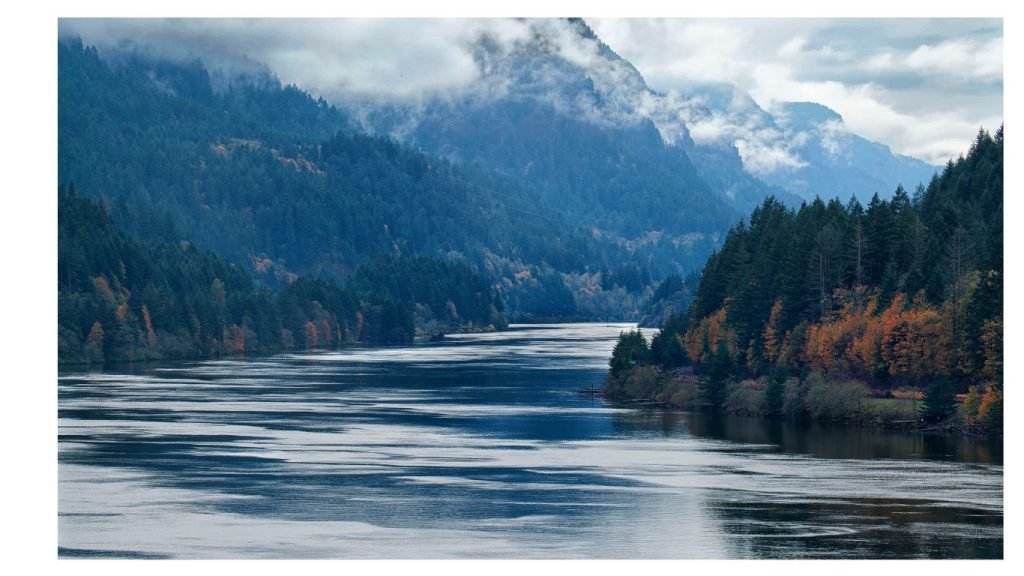
Semi-Permanent Water Supply
Reservoirs being impounded. Water gathered from high ground, streams, and general rainfall is stored in these reservoirs.
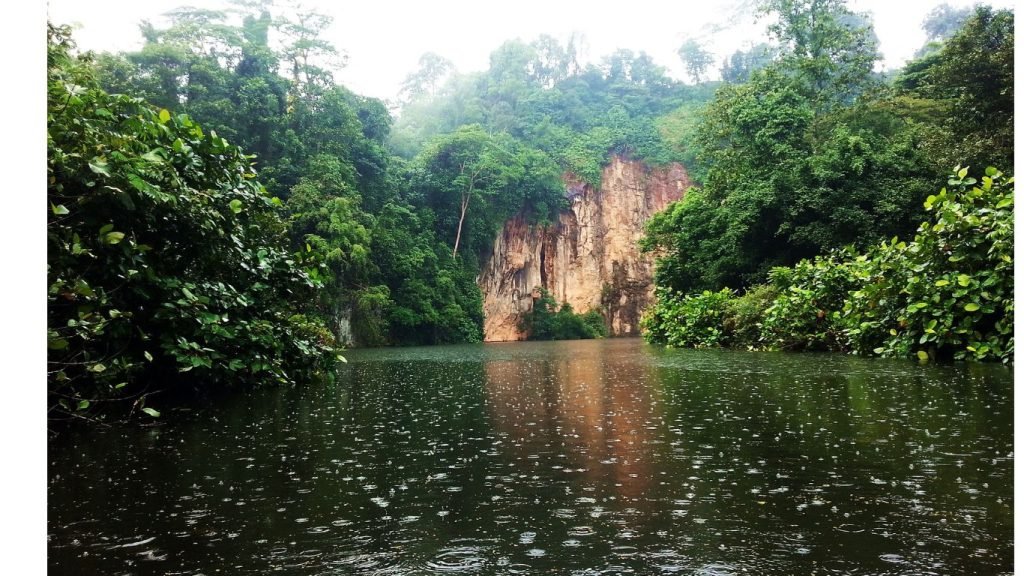
Temporary Water Supply
Wells, boreholes, and springs are underground. Each source contributes around one-third of the overall supply, although river intakes are quickly overtaking the other two in importance. Regardless of the source, water is collected into storage reservoirs and then purified before being used in a distribution system.
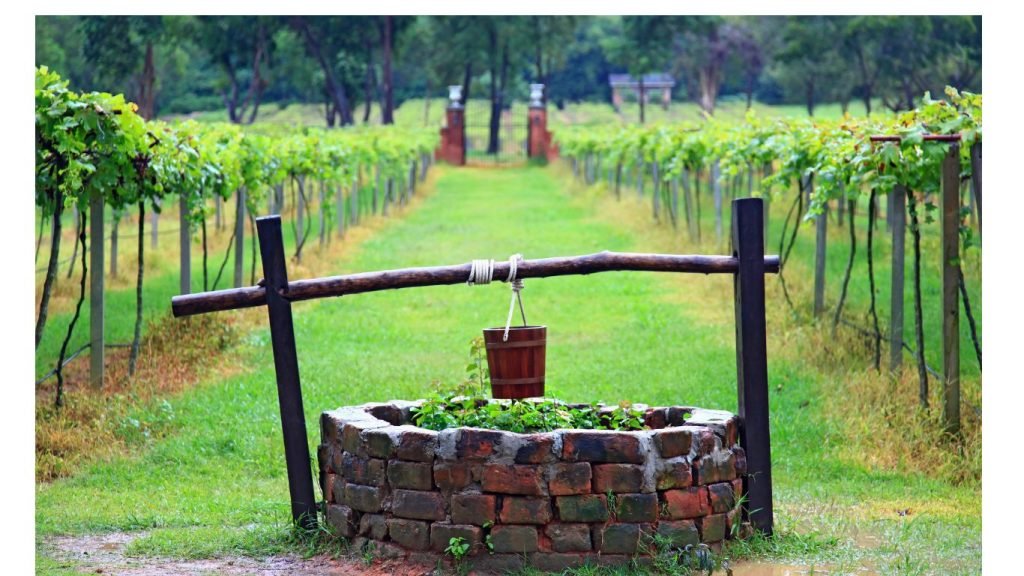
Modern-Day Water Supply Regulations
Water supply is something that’s taken for granted in most parts of the world. We turn on the tap and out comes water- clean, fresh, and ready to drink. But have you ever stopped to think about how that water gets to your house?
Chances are, the water you’re drinking is coming from a municipal water supply. This means that your local government is responsible for ensuring that the water meets certain safety standards. In the United States, the Environmental Protection Agency sets national regulations for drinking water, which all municipalities must adhere to.
But even with these regulations in place, there can be issues with local water supplies. That’s why it’s important to be aware of any problems that might be happening in your area and take the necessary precautions. For example, if you live in an area that’s been affected by drought, you might want to consider using a water filter or investing in a reverse osmosis system.
Water Distribution System
You may be wondering how water gets from the treatment plant to your home or business. The answer is through a system of pipes called the water distribution system.
The distribution system consists of a network of large-diameter water supply lines that carry water from the treatment plant to hydrant valves throughout the city. These pipes are usually made of cast iron or ductile iron and are buried underground.
The distribution system also includes smaller service lines that connect the main pipes to individual buildings. These service lines are usually made of copper or plastic and are installed by the water utility.
Water Supply Line Types
- Town mains
- Service main
- Service reservoirs
- Booster pumps
- Fire hydrants
- Elevated Primate Pump Supplies
Town Mains
Normally, a main that transports water from one location to another, from one pumping station or reservoir to another, or to a district where the water is to be distributed to consumers, is referred to as a “town main.” Although it may sometimes be necessary, delivering consumers directly through a town main is not ideal.
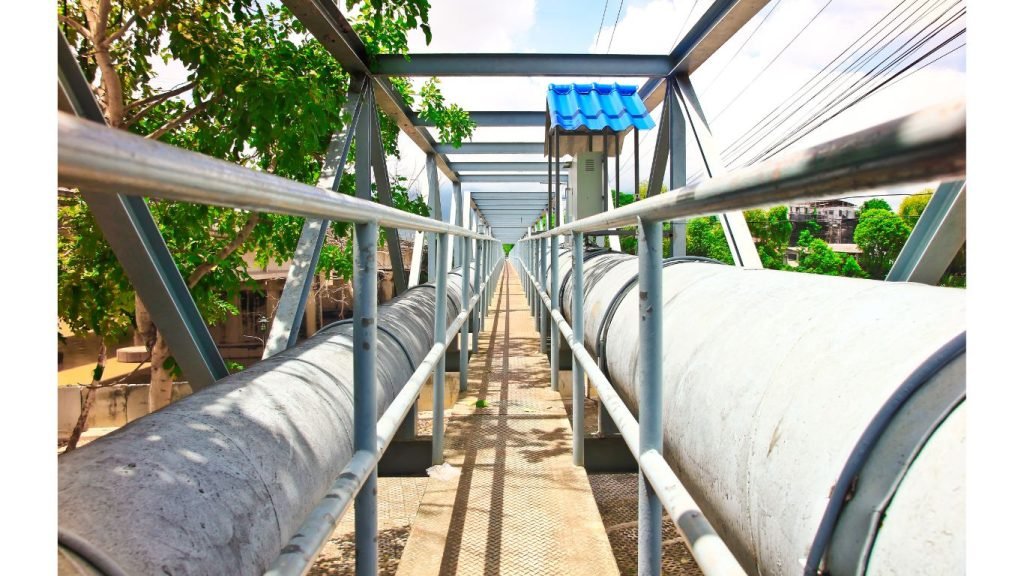
Service Main
Water is supplied to buildings in the streets where service mains are installed. Their carrying capacity is limited to what is required to meet the extremely local demands. They are typically short in length and have a small diameter.
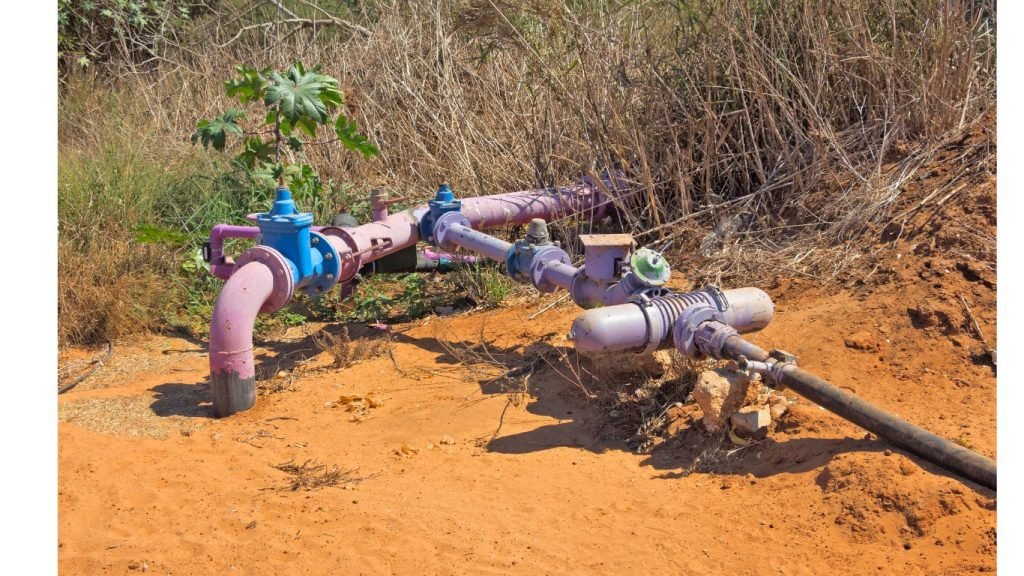
Service Reservoirs
Service reservoirs, which comprise overhead tanks and water towers, balance the distribution system while also providing a reserve of water in case the supply is ever interrupted due to a malfunction or an excessive amount of demand.
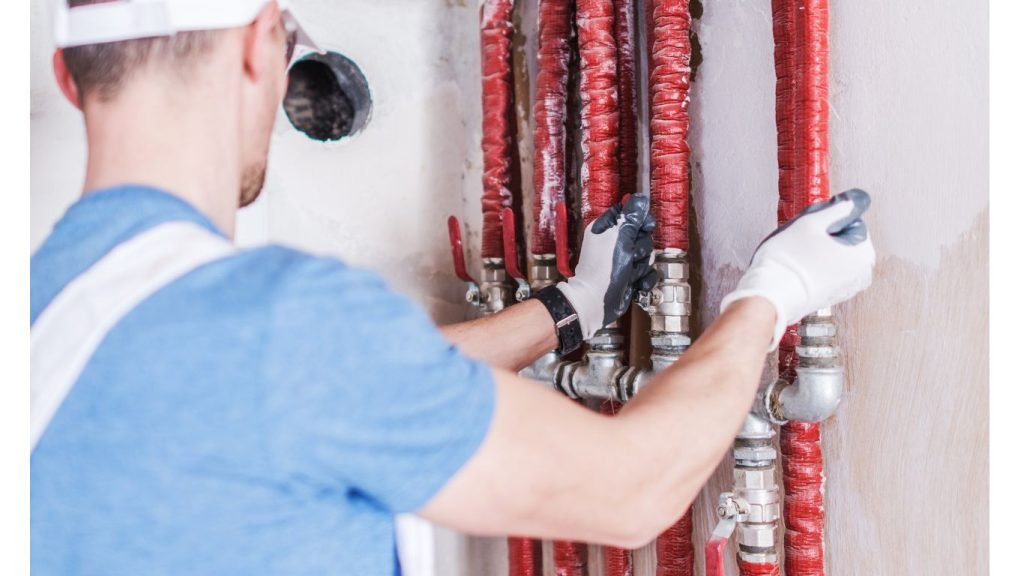
Booster Pumps
When gravity cannot compensate for the pressure loss caused by friction in the mains or a part of a distribution system, or when the mains are too long, booster pumps are frequently used.
Fire Hydrants
Fire hydrants offer a way to get water for fighting fires from the mains. The water main has a branch or T-piece that can be used to attach the hydrant, either directly or by inserting a short pipe.
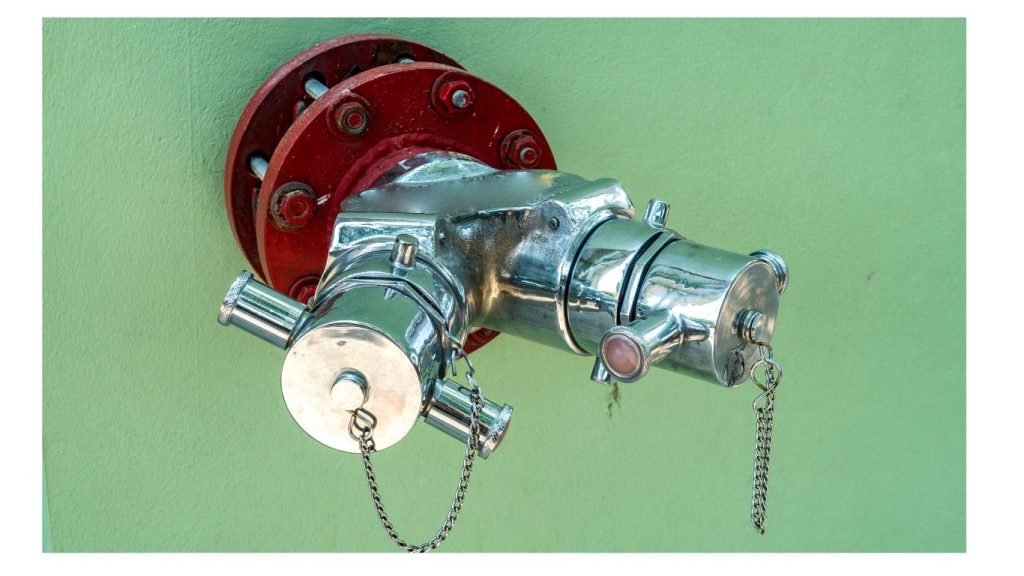
Elevated Primate Pump Supplies
Water supply is also ensured when the system is rendered inoperable by the storage of water in elevated reservoirs. Many sectors offer their proprietary systems. such as the fire department’s access to elevated storage tanks.
The Importance of Fire Hydrant Systems
You might not know this, but fire hydrants play a critical role in the water supply for both fire suppression and everyday water needs in a community. These hydrant systems can provide up to 1,000 gallons of water per minute.
That’s a lot of water! And it’s all thanks to the fact that fire hydrants are connected to a network of underground pipes that are specifically designed to carry large volumes of water. This means that when firefighters need to put out a blaze, they can rely on a consistent supply of water.
But it’s not just during an emergency that hydrants are important. Hydrants are also used to fill up tanker trucks that provide water to schools, hospitals, and other buildings that need large amounts of water daily.
So in the next article you see a fire hydrant, take a moment to appreciate all the hard work it does to keep us safe and supplied with water. Further, read about fire and safety for safety solutions.
Conclusion
Cities are responsible for their water systems, which include the water supply, the water mains, and the hydrants. The city is also responsible for hydrants that are located on private property. If a hydrant is given low water pressure, citizens are encouraged to call the department of water supply.

